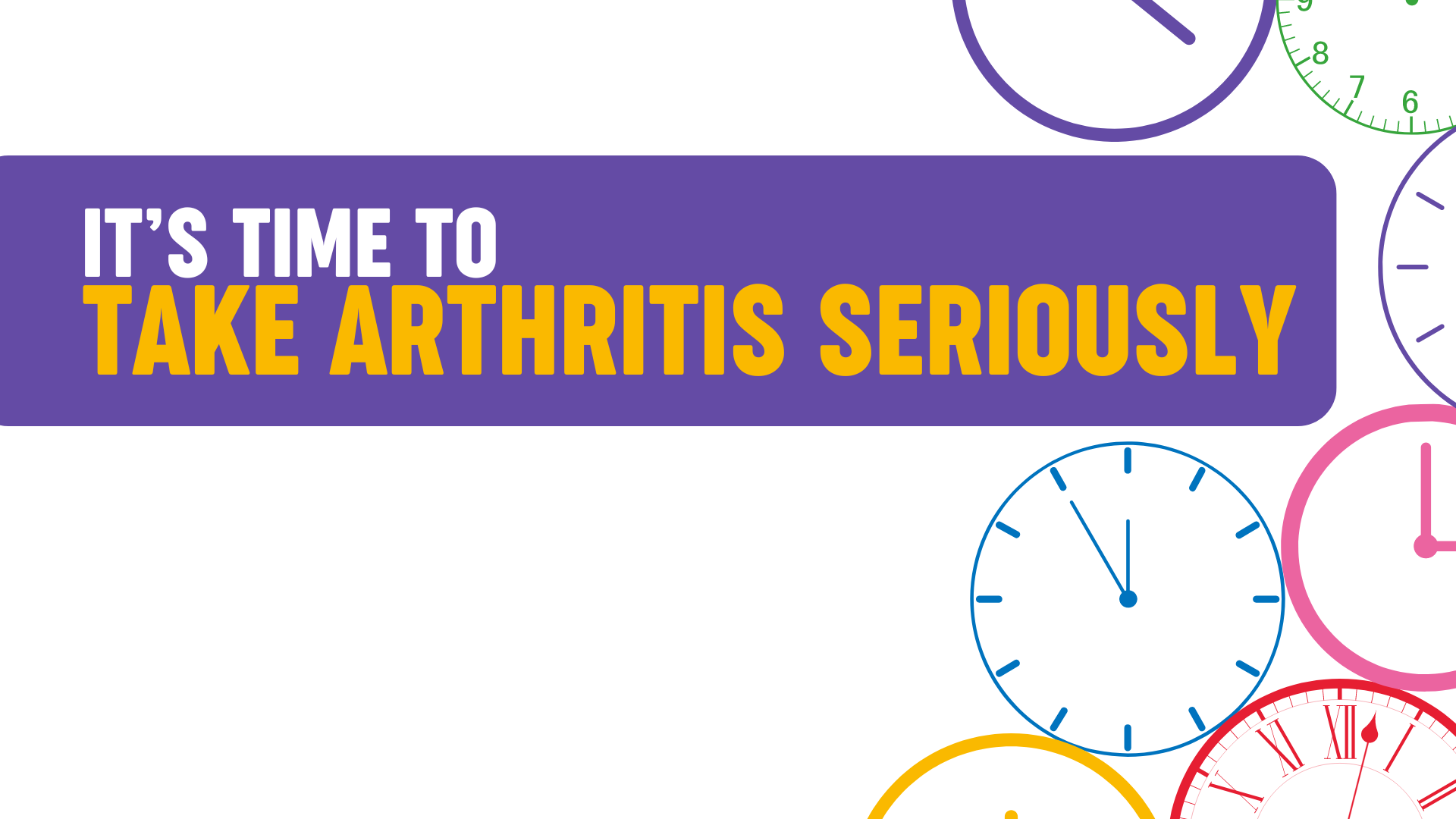Busting the myths of psoriatic arthritis
21 December 2020
Psoriatic arthritis causes painful joint inflammation and is often linked with the skin condition psoriasis.
There are often misconceptions about psoriatic arthritis. Check out these common myths and find out more about living with psoriatic arthritis from Paul’s story.
1. If you have psoriasis you get psoriatic arthritis.
If you have psoriasis you won’t necessarily get psoriatic arthritis – and vice versa. Almost 1 in 3 people with psoriasis also have psoriatic arthritis.
2. There’s a test for psoriatic arthritis.
Diagnosis is not straightforward. You might need a variety of tests from blood tests to x-rays.
3. Psoriatic arthritis is something old people get.
Psoriatic arthritis can affect any age, not just older adults.
4. Everyone with psoriatic arthritis has the same symptoms.
It can vary from individual to individual, and not everyone can have the same symptoms. For some people the condition may be mild, for others they may have flares, severe symptoms and chronic fatigue.
5. Psoriatic arthritis only impacts on the joints.
It can cause fatigue, swelling of the fingers and toes and an inflammatory eye disease called uveitis. It can also affect tendons and ligaments.
If you have any of the symptoms of psoriatic arthritis, it's important you see a doctor. Read more about the symptoms and treatments for psoriatic arthritis.